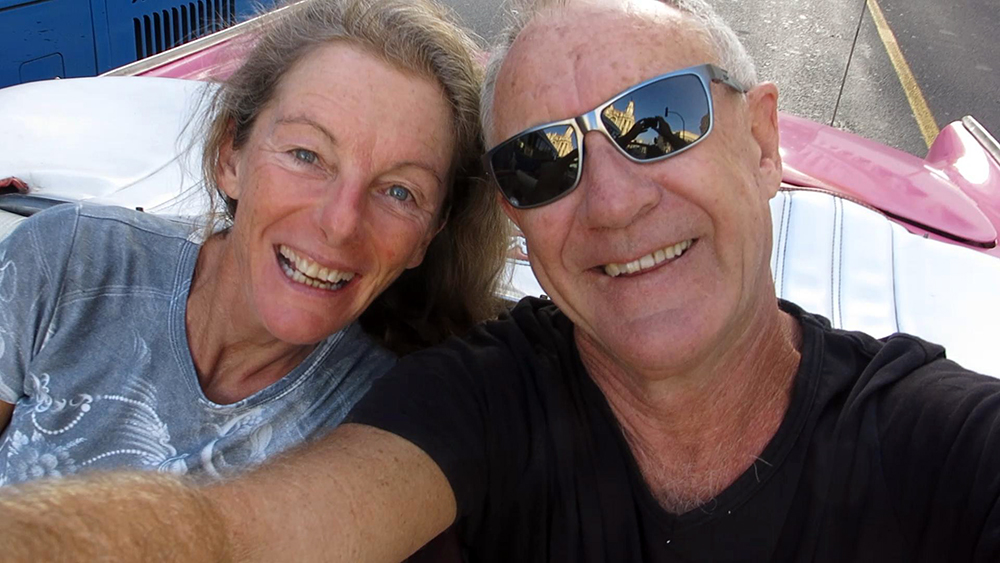
We’re made it to Cuba and have just got back from a road trip to Havana, it was a blast! We took a collectivo (shared taxi) from Cienfuegos where we are anchored on the south coast. It was the same price as the bus but left an hour earlier and got there faster, so we scored there. The only downside was that it was a Lada and there were five of us in it, a tight squeeze. Nonetheless it cruised along at 110 k/h and we arrived in Havana a little saddlesore and in time for lunch.
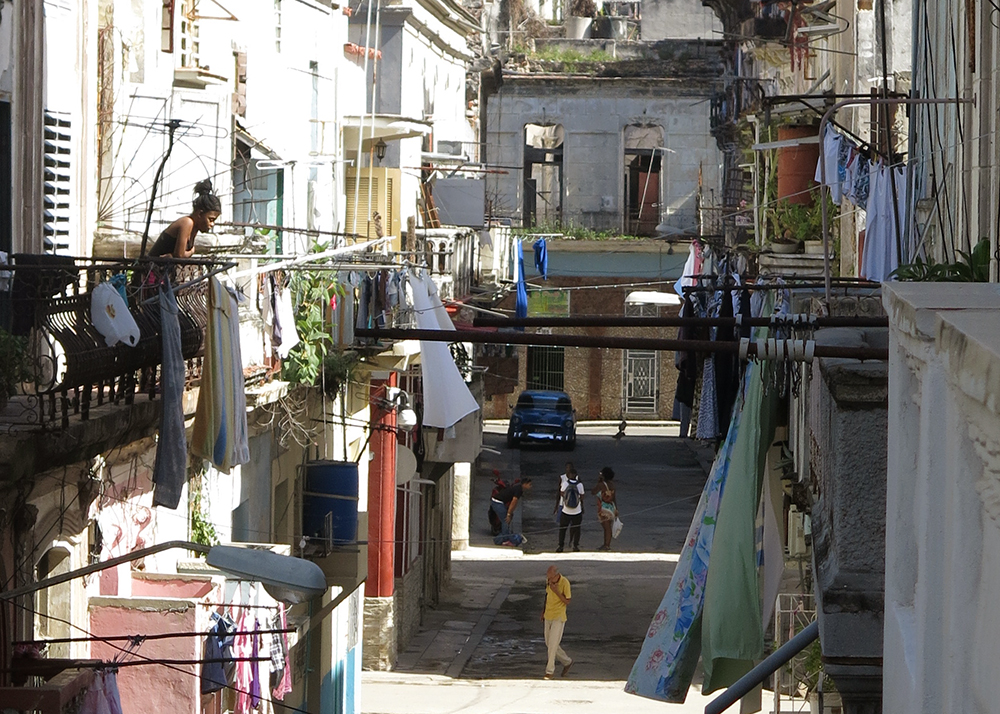
Havana met all our expectations: old American cars, crumbling Spanish houses, stout women smoking fat cigars and rythms of rumba and salsa pouring out of every corner bar. Friends Baudine and Rob on S/V Bojangles recommended a great casa particular (a small hotel in a private house) in the centre of the city where we settled in for a few days of sensory overload.
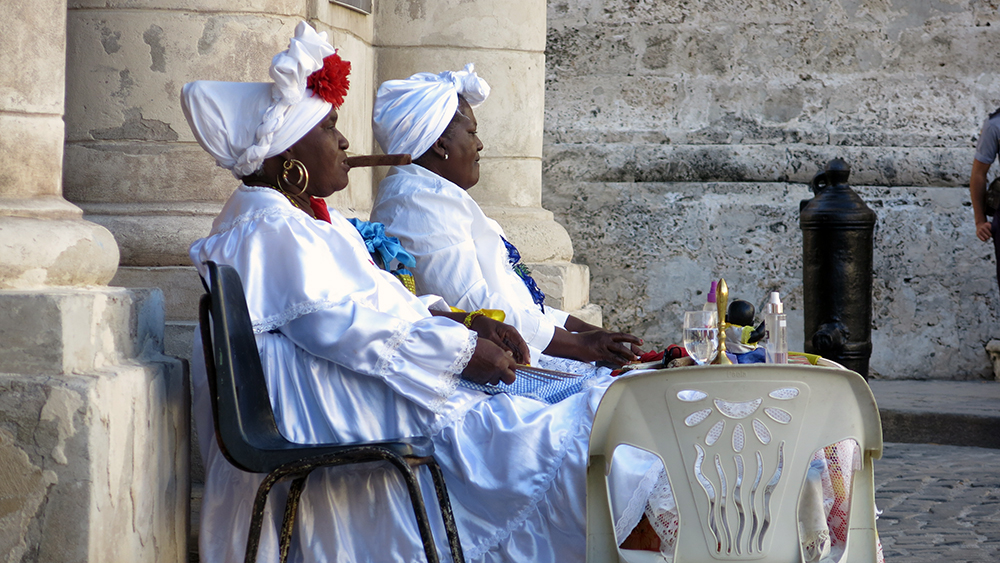
Strolling around the streets of Havana was like stepping back in time. Every second car was an American classic in various states of decreptitude; a gleaming Chevvy, a brightly painted Dodge or a dull, rusty Buick with missing hubcaps. At the other end of the evolutionary auto scale Ladas are also common. The architecture is mostly colonial Spanish but there are a few Art Deco buildings and no-one seemed to mind us popping in for a peep. We found a café hidden on the mezanine level of the magnificent Bacardi building and soaked in the opulence of the 1920’s as we sipped our americanos.
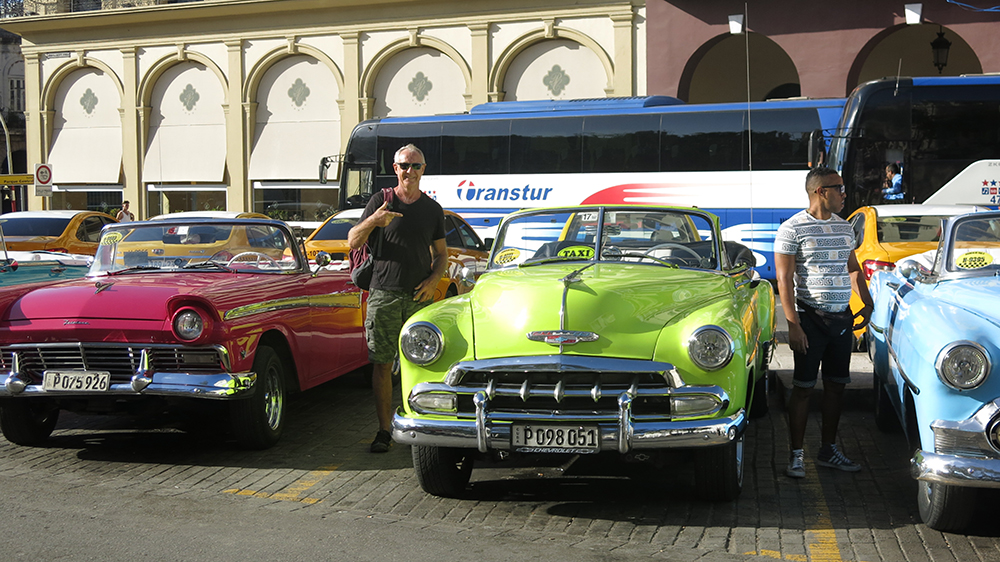
We enjoyed exploring Havana Vieja (Old Havana), the only part of the city where we came across crowds of tourists. The streets are oozing history: palaces, churches and old forts lying cheek by jowl with hotels boasting “Hemingway drank here”. The area has been extensively renovated and the old Spanish houses now home to art galleries, gift shops and restaurants are interspersed with ramshackle buildings sprouting weeds and small trees.
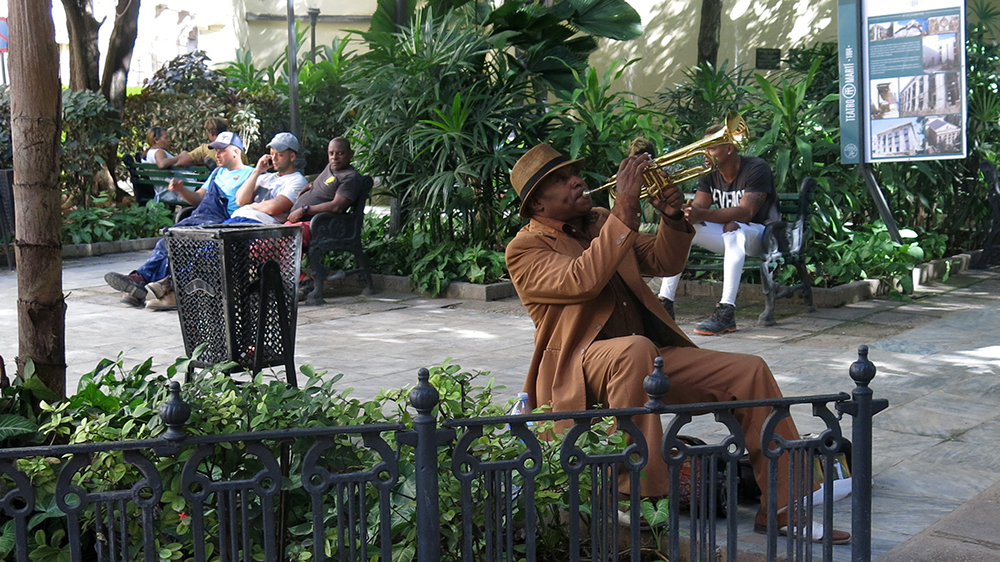
We wandered into a workshop where artists come to work and display their portfolios. It was very informal, paintings and prints were pinned on the walls and piled on the tables between pots of ink and old printing presses. Further down the street is the perfumeria Havana 1791 which has been creating fragrances for beautiful women for hundreds of years; essences of rose for Princess Grace, lavander and lemon for Sophia Loren. I went in for a sniff.
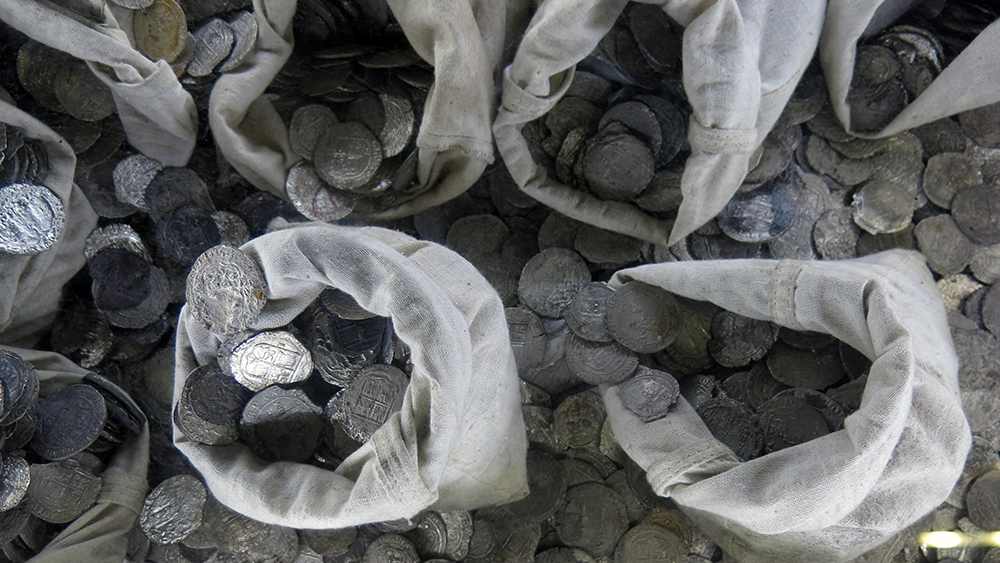
The narrow entrance to Havana harbour is guarded by two forts built by the Spanish in the sixteenth century. The Castillo de la Real Fuerza on the south side is the oldest fort in the Americas, with walls ten feet thick and surrounded by a moat it is a great location to store the treasure collected from the numerous wrecks scattered along Cuba’s north coast. We drooled over chests of silver coins and gold ingots the size of hockey pucks displayed along side beautiful porcelain and glassware all carefully recovered and restored from the sea floor. It was incredible, I’d love to find just one piece of eight on a dive!
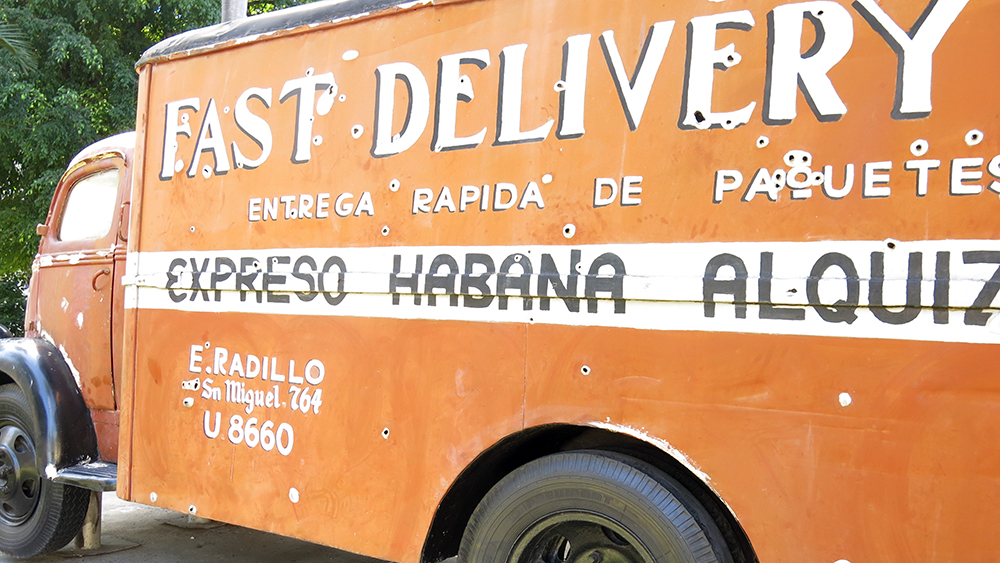
We didn’t plan to visit many museums but a park full of missiles, tanks and a bullet ridden mail van peaked Neil’s interest. The Museum of the Revolution is housed in the old presidential palace which makes for some interesting contrasts: a blood stained shirt worn by Fidel Castro dsiplayed under a ceiling Michael Angelo would have been proud of. The photos and various memorabilia from the revolution were interesting and thought-provoking, and the anti-imperialist descriptions on the labels was hilarious.
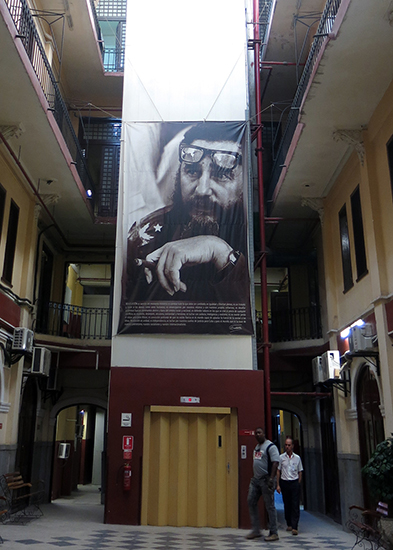
The only tour we succumbed to was a visit to the Partagas cigar factory and it was fascinating. The building looked like a Dickensian prison with a giant banner of Fidel looking down on everyone coming in. Each worker makes about 150 cigars a day and no, they are not rolled on the inner thighs of volumptuous Cuban chicas anymore. Their day starts at 7 o’clock and mid-morning they are treated to 45 mins of news read out over the tannoy. They have two hours for lunch which is provided in the workers canteen accompanied by rousing salsa music. They knock off at 5:30 and are given about 25 pesos ($1) and five cigars for their labour. The cigars sell for upwards of $30 a piece.
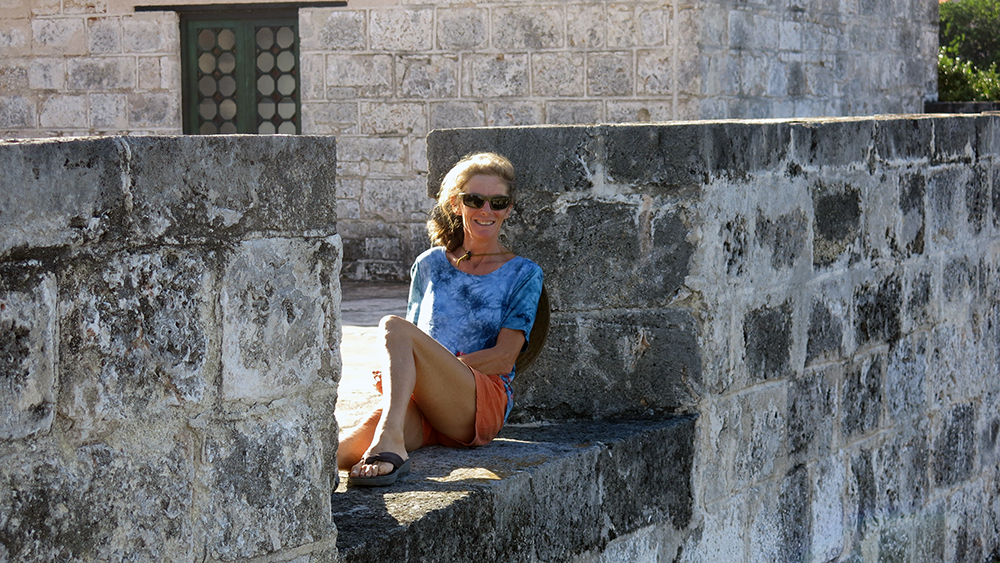
Back on the boat now and goodbye to hot showers and flushing toilets, life is good!
More soon, Suzy
